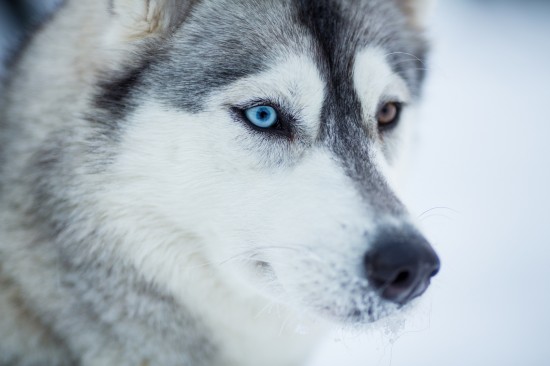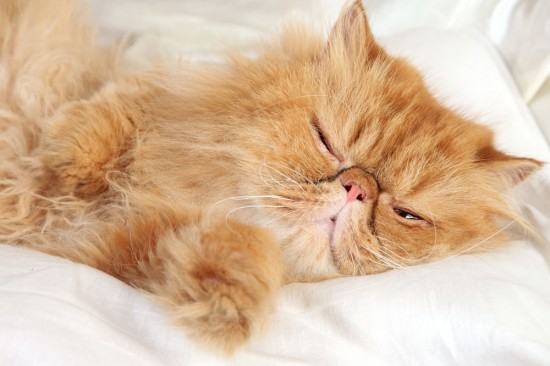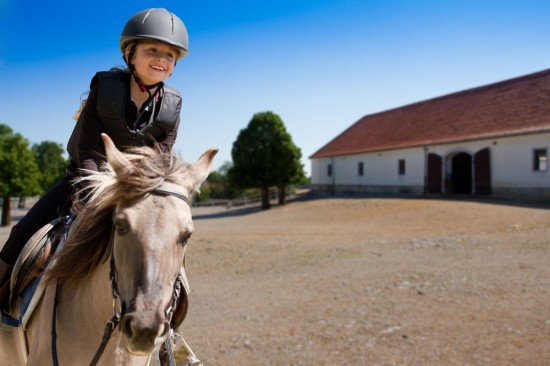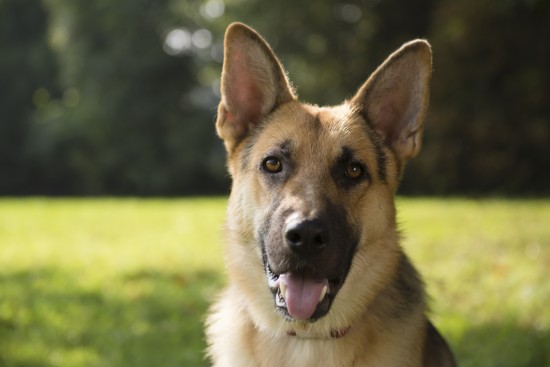
While there are no essential personality differences between the sexes of dogs, there is no doubt that some personality variations exist among the various breeds. Though rather minor, they are significant enough so that they should be inquired into in order that the particular breed can meet individual needs. This fact may be of special importance where there are children in the household. The disposition of an animal certainly must be compatible with the personality of the child. Some breeds have a tendency to be peppy, alert, excitable, or noisy, while others are generally quiet, lazy, or phlegmatic. Some are more likely to become one-man dogs, while others seem to want to encompass the whole world in their sphere.
There are, however, enough breeds to satisfy almost any requirement. Once the breed has been definitely decided upon, it is advisable to get in touch with a recognized kennel club agency. It is especially important that the breeder be highly recommended, for occasionally breeders have been guilty of dishonest practices, though these are the exception rather than the rule. In the final analysis, however, there are reliable and unreliable dealers in all fields and the discretion of the purchaser must ultimately decide the issue.
When the animal is purchased, a ten-day trial should be insisted upon, in order to have time to get veterinary certification of good health, and to ascertain whether the animal is of suitable disposition - that is, to find out whether the animal gets along with your family. The reliable breeder will agree unhesitatingly to such a reasonable request. Less reliable breeders will agree to a trial of only 24 to 48 hours. Since latent diseases often do not arise for several days, and since it usually takes more than a couple of days to decide whether an animal's disposition is suitable, the prospective owner is advised to proceed with extreme caution when he has only a day or two to make his final decision.
A reference list of the recognized breeds of dogs follows. The various breeds were developed to adapt these animals to different activities; to learn to distinguish one breed from another; the best method is to attend dog shows. The official publications of the American Kennel Club give detailed information on the history and standards of the various breeds.
The American Kennel Club recognizes six major classes of dog breeds, as follows:
Group one: sporting dogs.
Griffon: Wirehaired-Pointing. Pointer: German Shorthaired. Retrievers: Chesapeake Bay, Curly-Coated, Flat-Coated, Golden, Labrador. Setters: English, Gordon, Irish. Spaniels: Brittany, Clumber, Cocker, English Springer, Field, Irish Water, Sussex, Welsh Springer.
Group two: sporting dogs, hounds.
Afghan, Basset, Beagle, Bloodhound, Borzoi, Dachshund, Deer-hound (Scottish), Foxhound (American), Foxhound (English), Greyhound, Harrier, Norwegian Elkhound, Otterhound, Rhodesian Ridgeback, Saluki, Whippet, Wolfhound (Irish), Wolfhound (Russian).
Group three: working dog.
These include some of the largest breeds in the dog world. They are best suited to being used as guard dogs for police or army purposes, watchdogs, herding dogs, sled dogs, etc.
Alaskan Malamute, Belgian Sheepdog, Bernese Mountain Dog, Bouvier des Flandres, Boxer, Briard, Bull-Mastiff, Collie (Rough), Collie (Smooth), Doberman Pinscher, Eskimo, German Shepherd, Great Dane, Great Pyrenees, Komondor, Kuvasz, Mastiff, Newfoundland, Old English Sheepdog, Puli, Rottweiler, Samoyede, Schnauzer (Giant), Shetland Sheepdog, Siberian Huskie, St. Bernard, Welsh Corgi (Cardigan), Welsh Corgi (Pembroke).
Group four: terriers.
These breeds have a sporting background. They are adapted to hunting small game, especially where a considerable amount of digging is required.
Airedale, Bedlington, Border, Bull, Cairn, Dandie Dinmont, Fox (Smooth), Fox (Wirehaired), Irish, Kerry Blue, Lakeland, Lhasa, Manchester, Norwich, Schnauzer (Miniature), Schnauzer (Standard), Scottish, Sealyham, Skye, Staffordshire, Welsh, West Highland White.
Group five: toys.
These have been bred as novelty dogs and have no work or sporting function.
Affenpinscher, Chihuahua, English Toy Spaniel, Griffon (Brussels), Italian Greyhound, Japanese Spaniel, Maltese, Mexican Hairless, Papillon, Pekingese, Pinscher (Miniature), Pomeranian, Pug, Toy Manchester Terrier, Toy Poodle, Yorkshire Terrier.
Group six: nonsporting.
While some of these breeds have a sporting, guard-dog or hunting background, they are now bred mainly as pets. They include some of the most distinctive and handsome animals in the world of dogs.
Boston Terrier, Bulldog, Chow Chow, Dalmatian, French Bulldog, Keeshonden, Poodle, Schipperke.
 Understanding The Vision Of Dogs - What Does Your Dog See?
Understanding The
Understanding The Vision Of Dogs - What Does Your Dog See?
Understanding The
 Is Snoring In Cats A Problem?
Is Snoring In Cat
Is Snoring In Cats A Problem?
Is Snoring In Cat
 New Regulations Come Into Force For Dog Breeders In Wales
New Regulations C
New Regulations Come Into Force For Dog Breeders In Wales
New Regulations C
 Riding Clothes For A Beginner
Riding Clothes Fo
Riding Clothes For A Beginner
Riding Clothes Fo
 Portosystemic Shunt In Dogs - Symptoms And Treatment
Portosystemic Shu
Portosystemic Shunt In Dogs - Symptoms And Treatment
Portosystemic Shu
Copyright © 2005-2016 Pet Information All Rights Reserved
Contact us: www162date@outlook.com